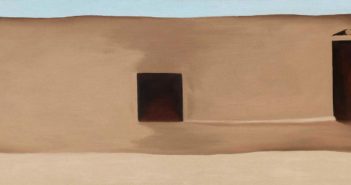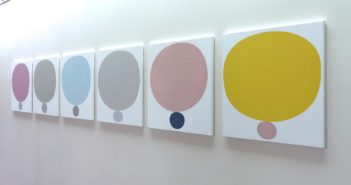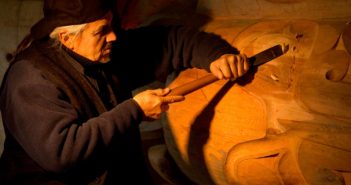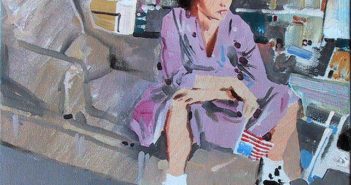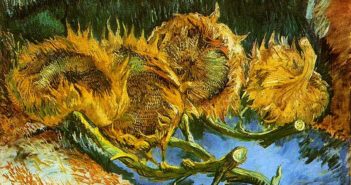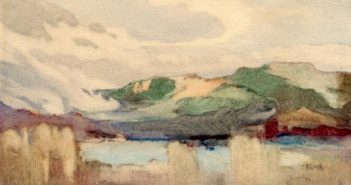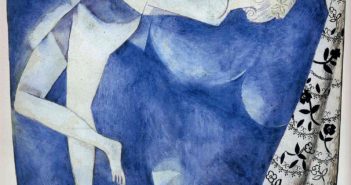
Apples and oranges
Among the new and old friends who came to Banff last Saturday was a burgeoning painter who told me about a recent switch from oil to acrylics. “Those acrylics, they dry too fast,” he said. “How do I get that stopped?” I glanced over his shoulder at a painting done by my dad while sitting in the sunbeam of a glacier not far from where we were standing. “At first, they dry too quickly,” I said. “With time you may find that they don’t dry quickly enough.”


